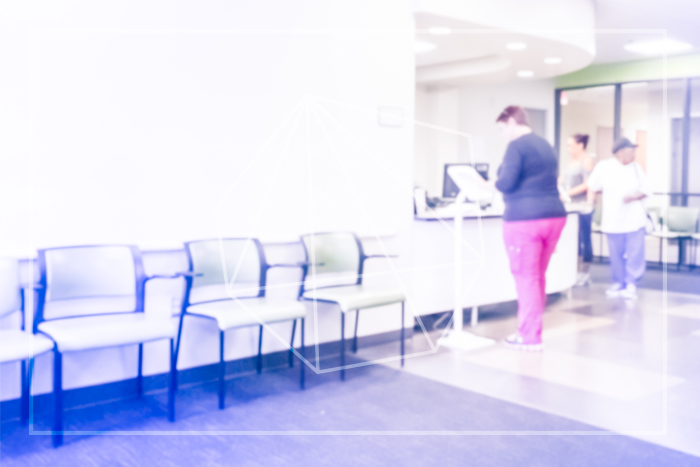07-03-2018
What Are Our Customers Up to These Days?

Dear House Rules,
I was in my doctor’s office for the first time in years recently (fortunately, I’m pretty healthy). It was the same office, with the same staff – but it seemed like everything else had changed! I checked in not on a handwritten list but by using a kiosk with an elaborate touchpad. Being in the medical advertising business, I always keep my eye out for new methods of marketing to physicians and patients, and sure enough, this check-in kiosk ran ads on every screen. What else has changed and created new opportunities?
Signed,
Don’t Want to Be Out of Touch
Dear Out of Touch,
You’re entirely right that much has changed in the doctor’s office environment. You’re also correct to assume that the implications of those changes are important and wide-ranging for those in our profession. Certain opportunities (like waiting room brochures for patients) are becoming less important, while others (those touchscreen ads you saw, for example) are only just beginning to emerge as vital players on the drug-and-device-promotion scene.
These changes are, of course, being driven by technology.
Like every facet of medical practice, the changes at the doctor’s office are the result of seeking more efficiency, which makes high-tech solutions a perfect fit. Here are some differences we’re already seeing now – and are likely to see more often in the future – for you and your staff to keep an eye on:
Doctors Will Rely on Wearable Tech for Insights About Patients – Wearable technology is already popular among some consumer groups, particularly fitness enthusiasts. These high-tech fitness trackers measure everything from a person’s heart rate to activity level and even sleep patterns. As this technology becomes more efficient and less obtrusive to everyday activity, experts say it will likely become a big part of the medical community, providing doctors with patients’ real-time health information. Some believe that wearable technology will also elevate the patient-doctor experience, providing doctors with a more in-depth understanding of the health effects of the activities and behaviors a patient engages in. Wearable technology could alert the doctor whenever the patient is having complications. This would help in faster patient recovery and lower treatment costs, since less drastic treatment measures would be necessary.
Up to 35 Percent of Visits Will Happen Virtually –
Traveling to the doctor’s office for a routine checkup can consume a decent chunk of a patient’s day. While these visits are important for ensuring your ongoing health, the future offers a more efficient and less time-consuming solution: telemedicine (also called telehealth). Patients are already starting to connect with doctors via video call, and some are currently able to order new prescriptions through patient portals, saving them a trip to the doctor’s office. Over the next decade, this trend is expected to rise. Many in the healthcare profession see no alternative but to resort to this technology for common and non-emergent maladies. As patients find it harder and harder to find doctors to see them, current hindrances to virtual medicine—such as liability issues—will diminish out of necessity. Another reason for the increasing prevalence of telemedicine over the next decade is convenience: it allows doctors to easily interact with, and treat patients with, minor ailments. Industry experts estimate that between 10 to 20 percent of the visits could be conducted through telemedicine.
Patients Will Increasingly Control Their Medical Charts –
According to a survey from Wolters Kluwer Health, 80 percent of patients want more control over their own healthcare, but only 19 percent have access to a personal health record. In the future, patients and doctors could satisfy this demand by charting their visits together, and a few doctors are already working on this. In the future, new technology could include a simple series of questions with drop-down menus and comment boxes that could be uploaded into the patient’s electronic medical record (EMR). This method could, at the very least, optimize both face time with the patient and the use of a skilled practitioner’s time, allowing a better result for both.
At Xavier Creative House, we strive for a balanced approach that is informed by past successes of the medical advertising industry while simultaneously embracing innovations that will shape marketing success moving forward. We’d love to partner with you to help your company meet its promotional goals. Just reach out via phone, email, or social media – we’d love to hear from you!
Reference: 1. https://www.softwareadvice.com/resources/the-doctors-office-of-2024/. Accessed June 21, 2018.
Categories: medical devices,

